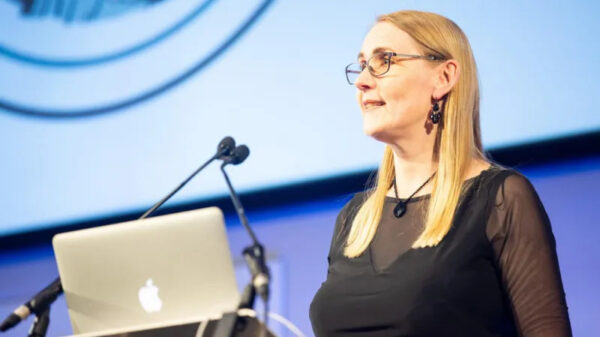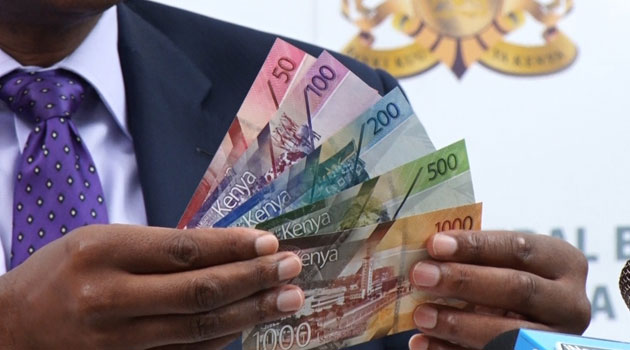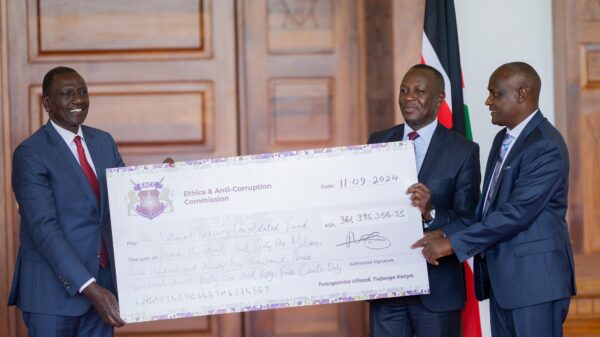WASHINGTON, May 6 — The U.S. economy should begin recovering late this year but the number of unemployed people is likely to continue growing into next year and will remain a drag on consumer and business confidence, Federal Reserve Chairman Ben Bernanke said Tuesday.
Testifying before the Joint Economic Committee of Congress, the Fed chief also denied that he\’d strong-armed the chief executive officer of Bank of America, Ken Lewis, into hiding details of the government-encouraged merger last year with investment bank Merrill Lynch.
He also expressed confidence that the soon-to-be released results of stress tests conducted on bank loan and investment portfolios will show a healthy banking sector.
Although the U.S. economy has contracted sharply since April 2008, \’\’the recent data suggest that the pace of contraction may be slowing,\’\’ and household demand for goods and services no longer is plunging, Bernanke said in his first cautiously upbeat forecast in half a year.
Consumer spending grew in the first quarter of this year, he said, and household-spending power will be boosted by the government\’s fiscal stimulus plan, which passed earlier this year, and the first tentative signs of a bottom in the housing market.
\’\’In contrast to the somewhat better news in the household sector, the available indicators of business investment remain extremely weak,\’\’ Bernanke cautioned.
The Fed chief warned against too much optimism, because of steep drops in spending for equipment and software, and because loan-officer surveys suggest that demand for business loans is weakening.
\’\’We continue to expect economic activity to bottom out, then to turn up later this year,\’\’ he said, stressing that there\’s still plenty of room for things to go wrong. “An important caveat is that our forecast assumes continuing gradual repair of the financial system; a relapse in financial conditions would be a significant drag on economic activity and could cause the incipient recovery to stall.\’\’
Federal regulators on Tuesday gave the nation\’s 19 largest banks — those with assets of more than $100 billion — the results of the controversial stress tests, which will be made public Thursday. The tests are designed to gauge how the banks would perform under a deeper economic downturn and to establish an additional capital buffer to guard against losses amid further turmoil.
Several published reports suggest that as many as 10 of the banks may be forced to raise more capital, a number that Bernanke repeatedly refused to confirm or deny. He did say, however, that he was confident that the 19 banks are healthy.
\’\’I have looked at many of the banks, and I believe that many of them will be able to meet their capital needs without further government capital,\’\’ he said.
That suggests that many also won\’t meet their capital needs. Those banks will have six months to raise capital to meet their government-imposed additional buffers or face government intervention. They can seek government help at any point within the six months.
When the banking system returns to a semblance of normalcy, however, any U.S. economic recovery may prove sluggish and uneven.
\’\’Even after a recovery gets under way, the rate of growth of real economic activity is likely to remain below its longer-run potential for a while,\’\’ Bernanke said, noting that companies are unlikely to hire for quite some time, “implying that the unemployment could remain high for a time, even after economic growth resumes.\’\’



































